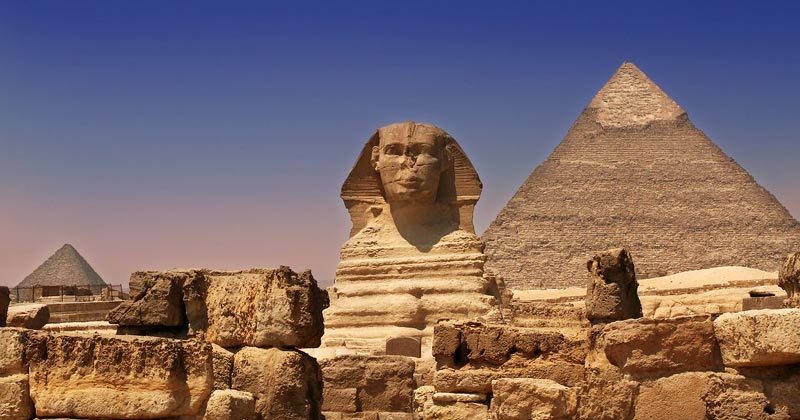The gigantic Pyramids that are also the tombs in the Valley of the Kings, especially that of Tutankhamun, surrounds a myth. Ancient Egyptian rulers are said to have protected their post-death calm from intruders with magical incantations. Is the famous curse of pharaohs just superstition, or is it real? What is the curse of the pharaohs? Let’s find out.
Death is said to kill the person with its wings, who disturbs the peace of Pharaoh. A clay tablet with this inscription is said to have been in the tomb of the Egyptian king Tutankhamun, which was discovered by the English archaeologist Howard Carter in 1922. Legendary treasures, a mummy and a curse, were a beautiful combination that the Egyptian public longed for at the time.
In fact, the curse seemed to be working quickly. Lord Carnarvon, the financier of the excavation expedition, and some other people who were present at the opening of the grave allegedly died in mysterious ways within a short time. Is everything just a scary fairy tale, or is there a true nucleus in the legend about the deadly burial chamber?

To know the truth, you have to look at it scientifically but one thing is clear, whoever opens a burial chamber breathes the air that has been trapped for thousands of years. There is a very special environment in which molds that are harmful to health can develop.
In particular, the fungi Aspergillus flavus and Aspergillus niger are suspected of being responsible for the lung diseases that killed some of the early Egyptologists. In the 1920s, tuberculosis was rampant in Europe anyway. Some witnesses to Tutankhamun’s tomb opening already had a weakened lung due to latent tuberculosis. The breeze with the fungal particles probably triggered pneumonia.
A little bit guilty conscience
People died unusually quickly after their spectacular experience in the burial chamber. When we examine mummies today, we, therefore, stick to hygiene measures like wearing a mask and gloves is standard protocol.

On the other hand, the curse of the pharaohs in the sense of cursing is a fairy tale. In reality, there is no trace of the clay tablet with the curse that was supposed to protect Pharaoh Tutankhamun’s grave from grave robbers. The sensational press of the 1920s probably invented it freely. From other Egyptian texts warnings against grave, wickers are known, but there are no indications for curse rituals.
Perhaps there is also a hint of guilty conscience behind the fear of Pharaoh’s curse. In a way, the opening of the grave is a disturbance to the peace of the dead. Just because the deceased was buried thousands of years ago, we don’t see it so closely today, but it can be counted as a desecration of the grave.
Suggested Read – Researchers Are Puzzling Over Weakening Earth’s Magnetic Field – Is Polar Reversal Coming?
Nevertheless, the mummy researcher of course supports the investigation of the historical corpses but advocates respectful treatment of the mummies. In their opinion, mummies are sacred remains of a king and should never be used for amusement.


